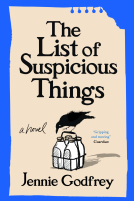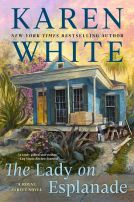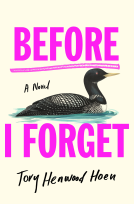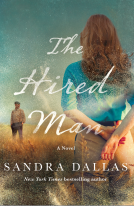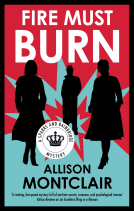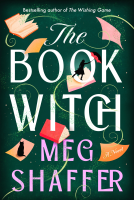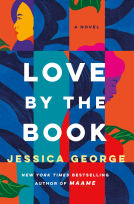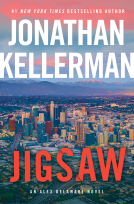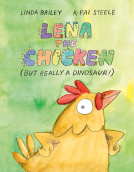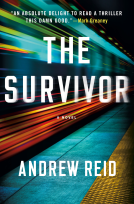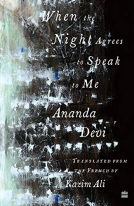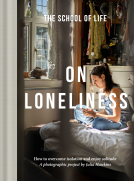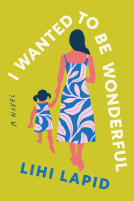
A Door in the Earth
by Amy Waldman
This title was previously available on NetGalley and is now archived.
Send NetGalley books directly to your Kindle or Kindle app
1
To read on a Kindle or Kindle app, please add kindle@netgalley.com as an approved email address to receive files in your Amazon account. Click here for step-by-step instructions.
2
Also find your Kindle email address within your Amazon account, and enter it here.
Pub Date Aug 27 2019 | Archive Date Nov 27 2019
Talking about this book? Use #AdoorInTheEarth #NetGalley. More hashtag tips!
Description
For readers of Cutting for Stone and The Reluctant Fundamentalist, a "breathtaking and achingly nuanced" (Kirkus, starred review) new novel from the author of the national bestseller The Submission about the journey of a young Afghan-American woman trapped between her ideals and the complicated truth.
"One of the essential books of the post-9/11 era." —George Packer, author of The Unwinding
Parveen Shamsa, a college senior in search of a calling, feels pulled between her charismatic and mercurial anthropology professor and the comfortable but predictable Afghan-American community in her Northern California hometown. When she discovers a bestselling book called Mother Afghanistan, a memoir by humanitarian Gideon Crane that has become a bible for American engagement in the country, she is inspired. Galvanized by Crane's experience, Parveen travels to a remote village in the land of her birth to join the work of his charitable foundation.
When she arrives, however, Crane's maternity clinic, while grandly equipped, is mostly unstaffed. The villagers do not exhibit the gratitude she expected to receive. And Crane's memoir appears to be littered with mistakes, or outright fabrications. As the reasons for Parveen's pilgrimage crumble beneath her, the U.S. military, also drawn by Crane's book, turns up to pave the solde road to the village, bringing the war in their wake. When a fatal ambush occurs, Parveen must decide whether her loyalties lie with the villagers or the soldiers—and she must determine her own relationship to the truth.
Amy Waldman, who reported from Afghanistan for the New York Times after 9/11, has created a taut, propulsive novel about power, perspective, and idealism, brushing aside the dust of America's longest-standing war to reveal the complicated truths beneath. A Door in the Earth is the rarest of books, one that helps us understand living history through poignant characters and unforgettable storytelling.
Advance Praise
"With A Door in the Earth, Amy Waldman more than confirms the great talent that she showed in her first novel, The Submission. A Door in the Earth plays on true events in Afghanistan—a country Waldman knows well from her career as a journalist—but wholly reimagines them in a way that raises urgent questions about the ethics of 'saving' people we don't know. I haven't read anything more acute about the consequences of good American intentions sent abroad. Waldman's moral vision, spare and unsparing prose style, and feel for the way history upsets settled lives all make A Door in the Earth one of the essential books of the post-9/11 era." —George Packer, National Book Award winner for The Unwinding
"Amy Waldman brings her fierce intelligence and breathtaking descriptive powers to bear in this brilliant, unsentimental novel about what happens when Americans go adventuring abroad. The author's vast experience in the region is evident in the vividness with which she creates the social world of an Aghan mountain village. But the miracle of A Door in the Earth is that a novel which tackles such urgent and necessary questions of politics, history, and the compromises of war can also be so unflaggingly searing and gripping, and bring its characters so indelibly to life." —Nell Freudenberger, New York Times bestselling author of Lost and Wanted
"Some stories stick with you, becoming like your own memories. When I finished the last page of this book I could've sworn it had all happened to me." —Elliot Ackerman, National Book Award finalist for Dark at the Crossing
"Through a kaleidescope of shifting perspectives, Waldman delivers a breathtaking and achingly nuanced examination of the grays in a landscape where black and white answers have long been the only currency. A bone-chilling takedown of America's misguided use of soft power." —Kirkus Reviews (starred review)
Available Editions
| EDITION | Other Format |
| ISBN | 9780316451574 |
| PRICE | $28.00 (USD) |
| PAGES | 416 |
